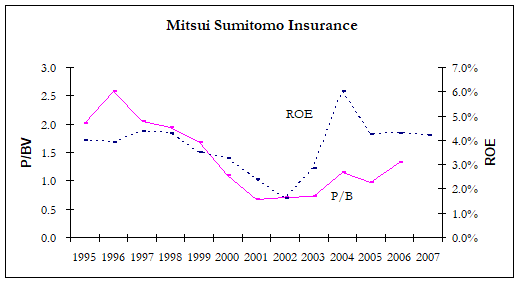Kuroto Fund, L.P. - Q4 2005 Letter
Dear Partners and Friends,
2006 Outlook
A global tidal wave of liquidity has bid up asset prices around the world. From the more than $150 billion dollars in private equity capital raised last year to the record compensation on Wall Street (Goldman Sachs alone paid out $11 billion in bonuses), bull market froth abounds. We suspect that the excesses specific to the hedgefund industry, which have grown unabated despite the sector's lackluster returns, will not be sustainable over a meaningful period of time. In the long-run, the combination of unrealistic investor expectations, normalized returns and the industry's generous fee structure will leave most of today's hedgefund investors disappointed and lead to a structural change within the industry.
As owners of junior securities in volatile markets, Kuroto Fund is by no means exempt from the possibility of producing disappointing results. In fact, lately, we've spent a great deal of time worrying about the effect that meaningfully tighter monetary policy will have on the value of our portfolio. But review after review of our holdings has returned us to the same point: our investments remain very attractive in the long-run. While our concern about a widespread contraction in liquidity has prompted us to modestly increase our short exposure, we want to explicitly warn our limited partners that Kuroto Fund may experience a lengthy and significant decline in value.
Why Not Japan?
Some think it odd that Kuroto Fund does not own any Japanese stocks, particularly given the Nipponese origin of our name. The answer to the rhetorical question posed in this section’s title is twofold. First, Japanese stocks are not cheap. The second reason is more subjective; in our opinion, Japanese managements still lack a requisite “passion for profitability.”
While attending numerous company presentations at a recent investor conference in Tokyo, we listened carefully for evidence that Japanese executives had truly adopted a Western style "profits" orientation. What we heard, instead, was the familiar enumeration of market share figures, the description of impressive sounding new products, and the defense of complicated corporate structures. The presentations also featured ubiquitous "three year restructuring plans," many on the second go around. But most of these plans, though detailed, struck us as superficial and even unrealistic. Notable in its absence from many discussions was any mention of profitability targets.
A presentation by Mitsui Sumitomo Insurance, Japan’s second largest insurance company, included a brief exchange that we believe poignantly illustrates current Japanese corporate attitudes towards reform while also suggesting the possibility of future change. Following a lengthy presentation about the company’s intention of raising its return on equity from low to mid-single digits, the discussion turned to Mitsui Sumitomo Insurance's equity portfolio. When asked if they had been encouraging the companies whose stock they own to improve their dividend payout ratios and share buyback programs, the answer was, "such activities are not customary in Japan. We intend to continue with the customary approach." Following a pause, the presenter then added, "But, perhaps we should reconsider."
The dogged adherence to custom for which Japan is famous has been a major barrier to Japanese corporate reform. Like Mitsui Sumitomo Insurance, much of corporate Japan continues to wrestle with the tradeoff between custom and the maximization of shareholder value. While such wrestling is progress in and of itself, in the near term, we see little prospect that Mitsui Sumitomo Insurance, or most others we heard present, will rapidly increase their return on shareholders equity, the ratio central to our investing philosophy.
Return on equity is such an important standard for us because, over very long periods of time, this ratio tends to function as a "speed limit" on per share earnings growth. More generally, it is an absolutely critical management tool. It has been our experience that managements that don't wake up every morning with a drive for generating superior long-term returns on capital employed are at a significant disadvantage. In a brutally competitive and constantly changing world, this simple ratio can be the single most important tool for energizing and clarifying a business' direction. It also can illuminate the need for and success of reforms while countering management's natural instinct to avoid painful decisions.
Given Japan’s market size and liquidity, it is with sincere regret that we must report that Japanese business attitudes towards return on equity remain generally incompatible with Kuroto's investment criteria. This is not to say that corporate Japan hasn't changed at all—it has. Many companies we saw in Tokyo have cut costs, developed new products, and begun to return cash flow to shareholders. In the aggregate, the news for the Japanese economy is quite good: the combination of so many tentative steps in the right direction is helping to lift Japan out of years of economic stagnation and deflation. Accordingly, our enthusiasm for our singular position in Japan, shorting Japanese Government bonds, has increased.
Sincerely,
Sean Fieler
William W. Strong










